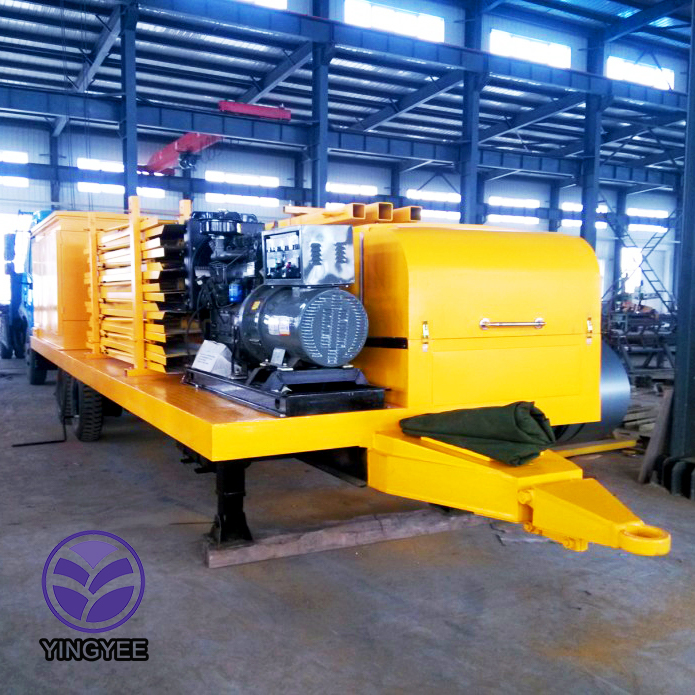
Exploring Multiple Sizes and Types of Stud and Track Roll Making Machines
In the fast-paced world of manufacturing and construction, the demand for versatile and efficient machinery has never been higher. Among the various equipment available, stud and track roll making machines are indispensable for producing essential components used in various applications, from drywall systems to structural framing. This article delves into the significance of these machines, their various sizes and types, and how they contribute to enhancing productivity in the construction sector.
Understanding Stud and Track Roll Making Machines
Stud and track roll forming machines are specifically designed to produce metal profiles that serve as the backbone for wall systems. These machines work by feeding metal strips into a series of rollers that progressively shape the material into the desired profile. The end products—typically C-shaped or U-shaped metal studs and tracks—are critical components for securing drywall or providing structural support in buildings.
Varied Sizes and Their Applications
One of the most significant advantages of stud and track roll making machines is their ability to produce multiple sizes and types of profiles. Depending on the construction project's requirements, manufacturers can configure their machines to produce different sizes of studs and tracks, ranging from small (for light structures) to large profiles (for heavier applications).
For instance
- Light Gauge Studs Lightweight and perfect for non-load bearing walls, light gauge studs are used in residential projects and smaller commercial spaces
. - Heavy Gauge Studs Designed for load-bearing applications, heavy gauge studs can support substantial weight, making them ideal for large commercial buildings and industrial constructions.Each size corresponds to a specific application, thus emphasizing the machine's versatility in catering to diverse construction needs.
Types of Roll Making Machines

Beyond variations in size, stud and track roll making machines come in several types, allowing manufacturers to choose the right machine based on their specific output requirements
1. Manual Roll Forming Machines These machines are geared for smaller production runs. They are cost-effective and suitable for workshops that require occasional production of these components without the need for automation.
2. Semi-Automatic Roll Forming Machines Bridging the gap between manual and fully automatic systems, these machines require minimal manual intervention. They are perfect for medium-sized manufacturers looking to enhance productivity without substantial investment.
3. Fully Automatic Roll Forming Machines Ideal for high-volume production, fully automatic machines can operate continuously with little to no human oversight. They come equipped with advanced features that enable quick changeovers, allowing for the production of various profiles in quick succession.
4. Custom Roll Forming Machines For manufacturers requiring unique profiles that standard machines cannot produce, custom roll forming machines can be designed based on specific needs. This flexibility allows for innovation and the ability to create specialized components.
Technological Advancements in Roll Forming
The introduction of technology in the design and operation of stud and track roll making machines has revolutionized the manufacturing process. Computer numerical control (CNC) systems enhance precision and consistency across different batches, reducing waste and increasing efficiency. Moreover, advancements in material handling systems ensure that the production process remains streamlined, reducing the time it takes to move from raw material to finished product.
Conclusion
In conclusion, stud and track roll making machines are vital for the construction industry, offering the flexibility to produce a wide array of sizes and types of metal components. The ability to customize machines based on project specifications, combined with technological advancements, makes these machines integral to meeting the demands of modern construction environments. Manufacturers that invest in high-quality roll forming machines will find themselves better equipped to adapt to changing market needs and enhance their operational efficiency. Overall, as construction continues to evolve, the role of stud and track roll making machines will remain pivotal in shaping the future of building infrastructure.